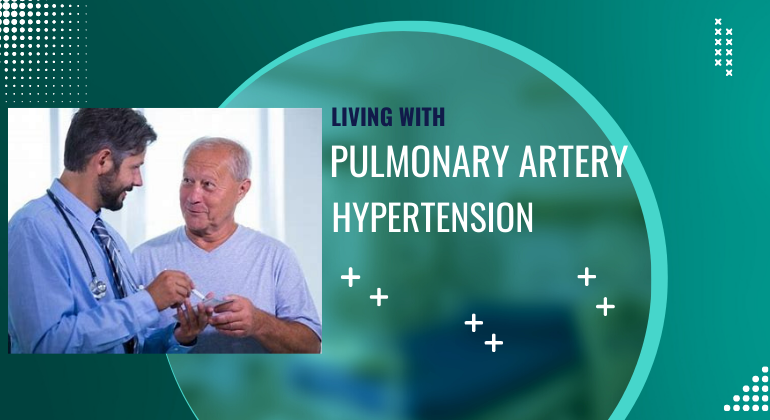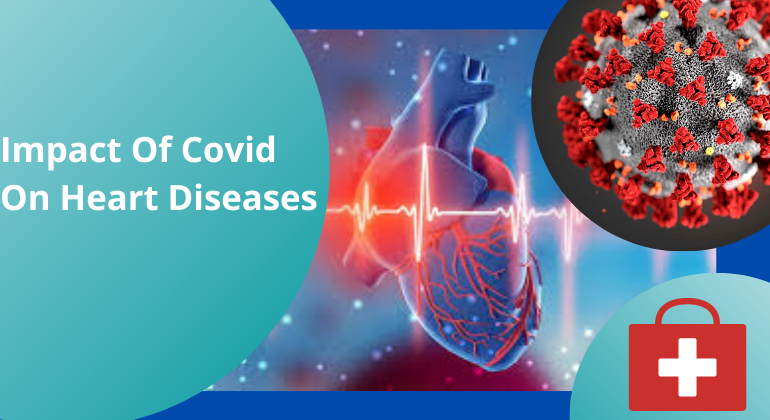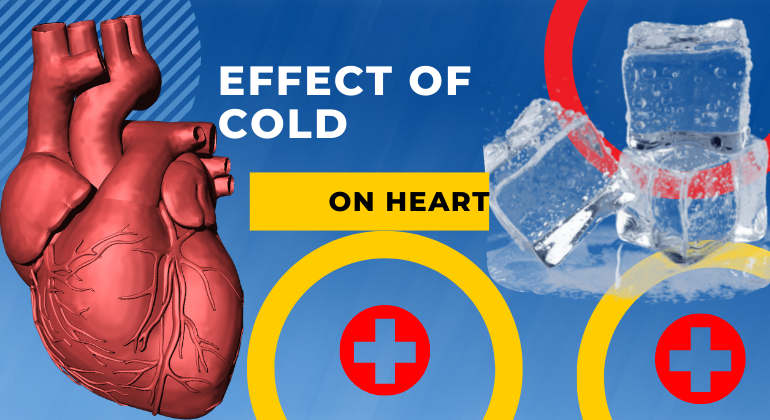Living With Pulmonary Artery Hypertension
Pulmonary arterial hypertension (PAH) mainly affects the small pulmonary arterioles. It is a rare and progressive disease of the lungs. The right side of your heart is affected by this condition. In this disease, the blood vessels in your lungs get narrow or blocked. This damage results in blood flowing slowly through your lungs and your blood pressure in the arteries of the lungs rises. As a result, your heart muscle needs to work more in order to pump blood through your lungs. This puts extra pressure on the heart and it becomes weak.
PAH is evaluated based upon history, physical examination, exercise tolerance tests, functional assessment, and symptoms presented by the patients. There are some specific diagnostic tests that your doctor will recommend in order to diagnose PAH. The first indicator of PAH could be symptoms such as fatigue, syncope, shortness of breath, and dyspnoea. In some individuals, this can get worse and be life-threatening as well. Though there is no cure for PAH, treatment modalities can help reduce the symptoms and improve the quality of life of patients.
Cure
There is no cure for PH, however, it can be prevented by following a healthy lifestyle to manage high blood pressure and avoiding the use of tobacco to prevent lung disease.
Prevention
Preventions of the same are focused on heart health. These include maintaining a healthy weight range, checking pulse regularly, regularly exercising, eating a healthy and balanced diet as well as not smoking.
Diet
Pulmonary hypertension can be taken control of by making healthy choices and by staying dedicated to the new routine. Choice of correct diet is very important as some foods raise blood pressure, while others cause an increase in weight.
• Cut back on salt and sodium. Avoid having packaged, canned, pickled and tinned foods as salt is hidden in the ingredients. Choose fresh ingredients to limit the sodium intake. Do not add salt to your food out of habit but rather taste your food before adding salt.
• Limit fluids. The limited amount of intake of fluids is to be consulted with the doctor. Keep track of weight to assess the amount of fluid consumption. Don't go above 2,000 milligrams of salt and about 8 cups of fluid a day.
• Avoid stimulants. Stay away from caffeine or other stimulants such as alcohol. Cutting back on stimulants also helps in sleeping better.
• Relieve nausea. To avoid nausea from the treatments, try eating small meals and cut back on food with high fat. Avoid sodas and ginger in the diet. Be sure to make the dietary changes gradually.
• Iron up. According to a study conducted in 2009, pulmonary hypertension is aggravated by the body's lack of iron. Include red meat, beans, and dark, leafy greens into the diet. Include vitamin C-rich diets to help the body absorb iron, such as tomatoes, and broccoli bell peppers.
• Get more garlic. A compound in garlic called allicin helps widen blood vessels and keeps blood pressure low. Make sure to eat garlic within an



